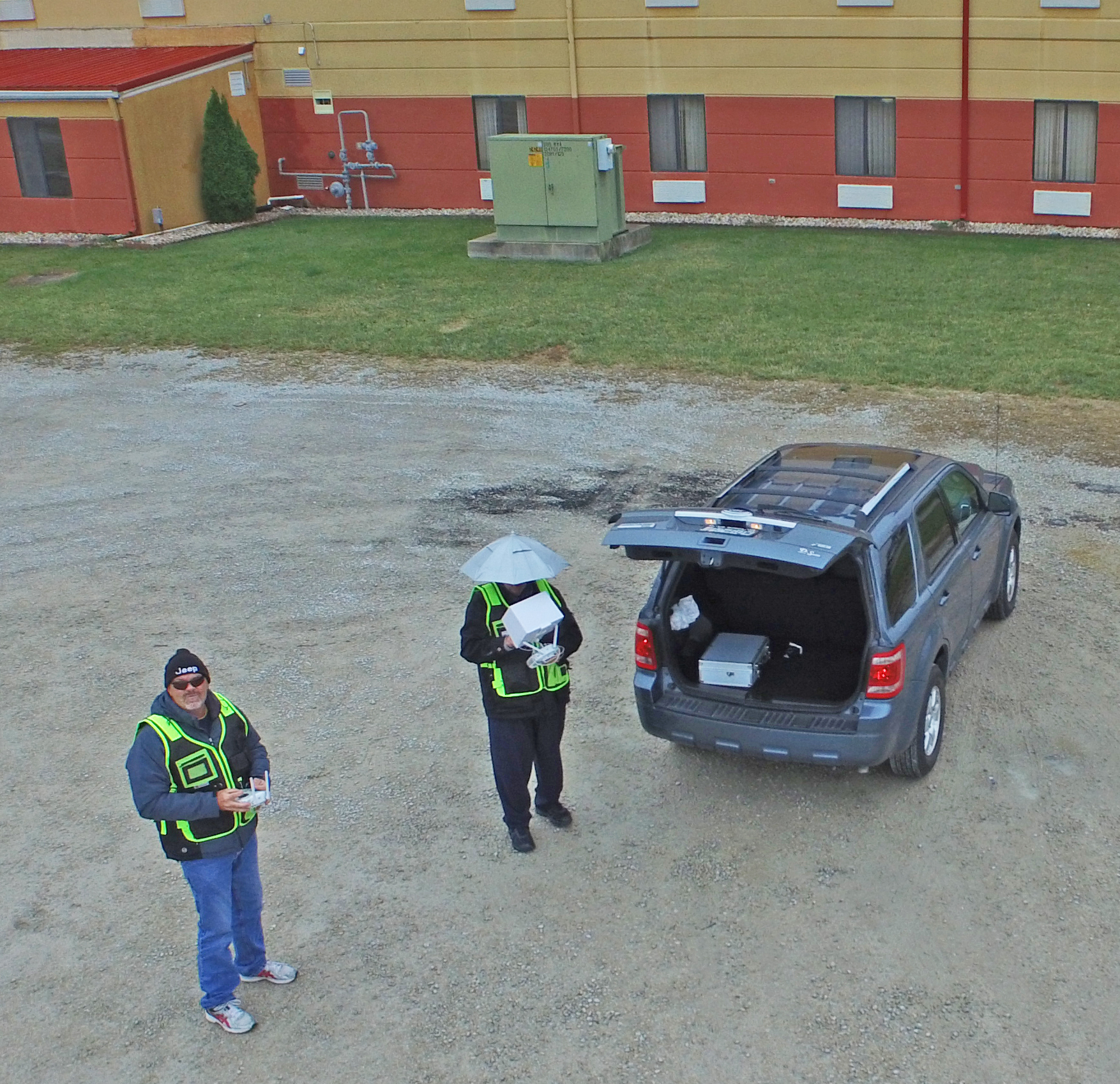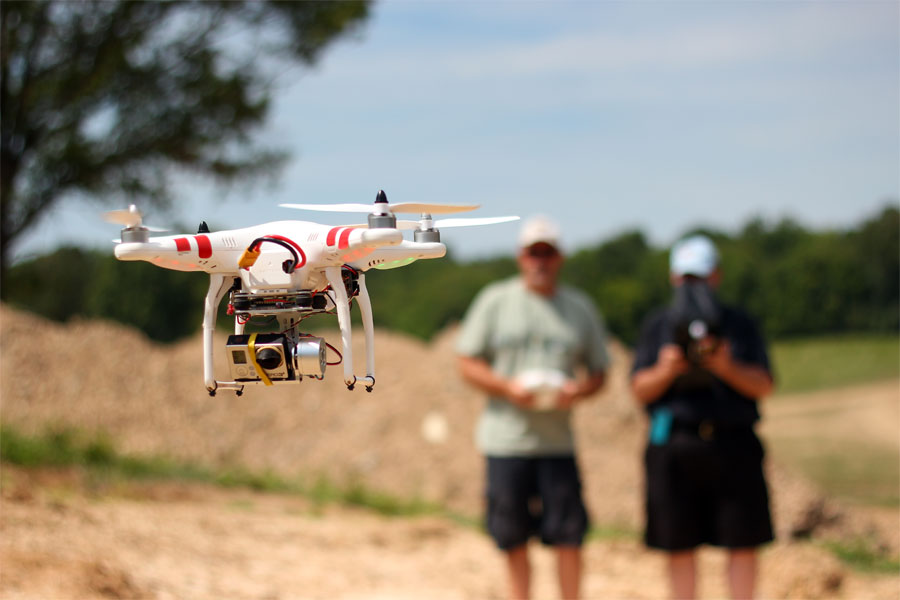In recent years, the utilization of drones in photography and videography has skyrocketed, offering unparalleled perspectives and creative opportunities for businesses and organizations. However, with great innovation comes great responsibility, particularly when it comes to safety. In this comprehensive guide, we’ll delve into the key aspects of drone safety that every decision maker in photography and video production services should be well-versed in.
Understanding Regulations and Compliance
Before taking flight, it’s imperative to understand and adhere to the regulations set forth by aviation authorities. In the United States, the Federal Aviation Administration (FAA) imposes rules and guidelines for drone operation. These regulations encompass aspects such as registration, airspace restrictions, and flight limitations, ensuring the safety of both manned and unmanned aircraft.
Pre-Flight Checklist
A thorough pre-flight checklist is indispensable for mitigating risks and ensuring a successful operation. This checklist should include:
- Weather Conditions: Assessing wind speed, precipitation, and visibility is crucial for safe drone operation.
- Equipment Inspection: Inspect the drone, batteries, propellers, and controller for any signs of damage or malfunction.
- Location Assessment: Survey the flight area for potential hazards such as obstacles, power lines, and crowds.
- Flight Plan: Develop a detailed flight plan, considering factors like altitude, route, and emergency landing zones.









Safe Flying Practices
Implementing safe flying practices is essential for preventing accidents and preserving the integrity of your equipment. Some key practices include:
- Maintain Line of Sight: Always keep the drone within your line of sight to maintain control and avoid collisions.
- Respect Privacy: Exercise caution when flying over private property and adhere to privacy laws and regulations.
- Avoid No-Fly Zones: Steer clear of restricted airspace, including airports, government facilities, and national parks.
- Emergency Procedures: Familiarize yourself with emergency procedures such as initiating a return-to-home function or executing a manual landing in case of technical issues.
Continuous Education and Training
Staying abreast of developments in drone technology and regulations is paramount for ensuring ongoing safety and compliance. Consider participating in training programs, workshops, and certification courses to enhance your skills and knowledge.
Conclusion
Incorporating drones into your photography and videography endeavors can unlock a world of creative possibilities. However, prioritizing safety is non-negotiable. By understanding regulations, adhering to pre-flight protocols, practicing safe flying habits, and investing in continuous education, you can maximize the benefits of drone technology while minimizing risks.
At St Louis Aerial Photography and Video, we understand the importance of safety in aerial operations. As a full-service professional commercial photography and video production company, we prioritize safety in every aspect of our work. With licensed drone pilots, state-of-the-art equipment, and a creative crew with extensive experience, we are equipped to deliver exceptional results for your image acquisition needs. Contact us today to discuss how we can tailor our services to meet your unique requirements.
Call to Action: As a full-service video and photography production company, St Louis Aerial Photography and Video has worked with many businesses, marketing firms, and agencies in the St. Louis area for their corporate photography and video. Let us bring our expertise to your project.
